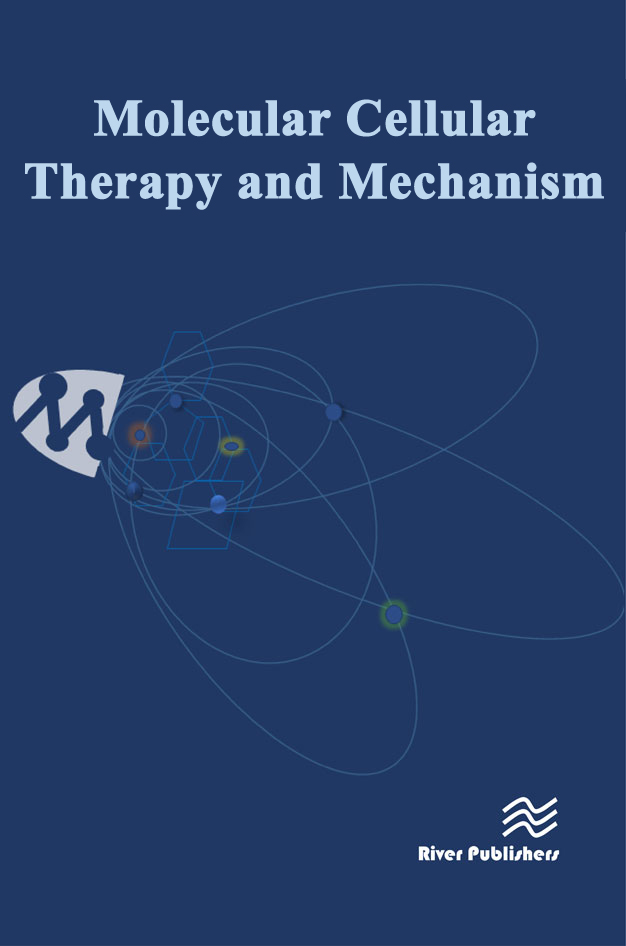Relevance of Wnt signaling for osteoanabolic therapy
DOI:
https://doi.org/10.13052/2052-8426-2-22Keywords:
Bone remodeling, β-Catenin, Lrp5, Osteoblast, Sost, WntAbstract
The Wnt signaling pathway is long known to play fundamental roles in various aspects of embryonic development,
but also in several homeostatic processes controlling tissue functions in adults. The complexity of this system is
best underscored by the fact that the mammalian genome encodes for 19 different Wnt ligands, most but not all
of them acting through an intracellular stabilization of β-catenin, representing the key molecule within the so-called
canonical Wnt signaling pathway. Wnt ligands primarily bind to 10 different serpentine receptors of the Fzd family,
and this binding can be positively or negatively regulated by additional molecules present at the surface of the
respective target cells. One of these molecules is the transmembrane protein Lrp5, which has been shown to
act as a Wnt co-receptor. In 2001, Lrp5, and thereby Wnt signaling, entered center stage in the research area of
bone remodeling, a homeostatic process controlling bone mass, whose disturbance causes osteoporosis, one of
the most prevalent disorders worldwide. More specifically, it was found that inactivating mutations of the human
LRP5 gene cause osteoporosis-pseudoglioma syndrome, a rare genetic disorder characterized by impaired bone
formation and persistence of hyaloid vessels in the eyeballs. In addition, activating LRP5 mutations were identified in
individuals with osteosclerosis, a high bone mass condition characterized by excessive bone formation. Especially
explained by the lack of cost-effective osteoanabolic treatment options, these findings had an immediate impact
on the research regarding the bone-forming cell type, i.e. the osteoblast, whose differentiation and function is
apparently controlled by Wnt signaling. This review summarizes the most important results obtained in a large
number of studies, involving tissue culture experiments, mouse models and human patients. While there are still
many open questions regarding the precise molecular interactions controlling Wnt signaling in osteoblasts, it is
obvious that understanding this pathway is a key to optimize the therapeutic strategies for treating various skeletal
disorders, including osteoporosis.


